Contrapuntal poems beautifully marry music with poetry in a way that entwines two separate poems into a harmonious third. Its invention is credited to Russian novelist and poet Andrei Bely in 1921. Since then, it has found footing in almost all aspects of creative art.
Contrapuntal poems have a special ability to weave unique poems together in order to build an entirely new creation.
Contrapuntal, derived from the Italian “contrapunto” which means “pertaining to counterpoint”, has roots in counterpoint music. This is where several separate melodies are played simultaneously with no one melody dominating. Examples of this are in Mozart’s Jupiter Symphony No. XLI , and if one listens closely, in the theme of Star Wars.
The structure of a Contrapuntal is deceptively simple. There is no rhyme scheme, no particular meter, and no required refrains. This allows the writer to focus on the more challenging part of mastering the poem style.
Contrapuntals are made up of two separate poems which somehow come to make a third once those two are read together. This is usually accomplished through layout and formatting. This allows the poems to act in a sort of dialogue or conversation.
There are several ways to accomplish this. One way is to place the two poems side by side in different columns. This lets each poem be read individually and then be read across the columns, combining the two.
This is very common. However, this approach contains every single word of both poems. There is an approach using a Venn diagram.
The left and right sides are filled with separate poems, with the center reserved for a short poem whose words are attached to either the start or end of the other poems. If choosing this style, it is recommended to begin with the inner poem, making it short and let one word be on each line. Then fill in the other poems based on the message of the one in the middle.
The final example is a stacked approach, presenting them almost as a conversation. Read further for an example of this technique. One way to achieve the effect is to put one poem in italics, and weave the lines in between the other poem.
Therefore, the reader can read the first poem (without italics), the second poem (with italics) and the third, which is the first two combined and read like a normal poem.
Contrapuntal poems are stunning examples of when music meets poetry to create truly meaningful pieces of art. Try the Contrapuntal and be rewarded with three poems instead of one.
“Praying to the Poetry Demons”
please, can you hear me?
I respond only to you.
i come to you in the best of faith
You feed me with your words.
my hands have been shaking.
Desperation melts lead, and
i try to scratch an itch.
Fingernails don’t dig deep enough holes
it crawls like bison beneath my skin.
To remain an open Book,
my fingers used to let them run free through pages,
But Pages stopped listening. And Words stopped running.
i try to itch a scratch.
It’s a dead and hollow scar.
a thorn in my mind,
Don’t pick at it. or do. I don’t really care
spreading poison that my friends say are lies.
But should we trust?
i think i believe them.
It’s hurt before, It will hurt again
i am not sure i believe them.
Poison looks awful good to the starved
please, if you hear me, restore to me my glory.
But Glory is a fallacy, talent is subjective
please. i want my mind back.
I am willing to listen.
I just want to be whole again.
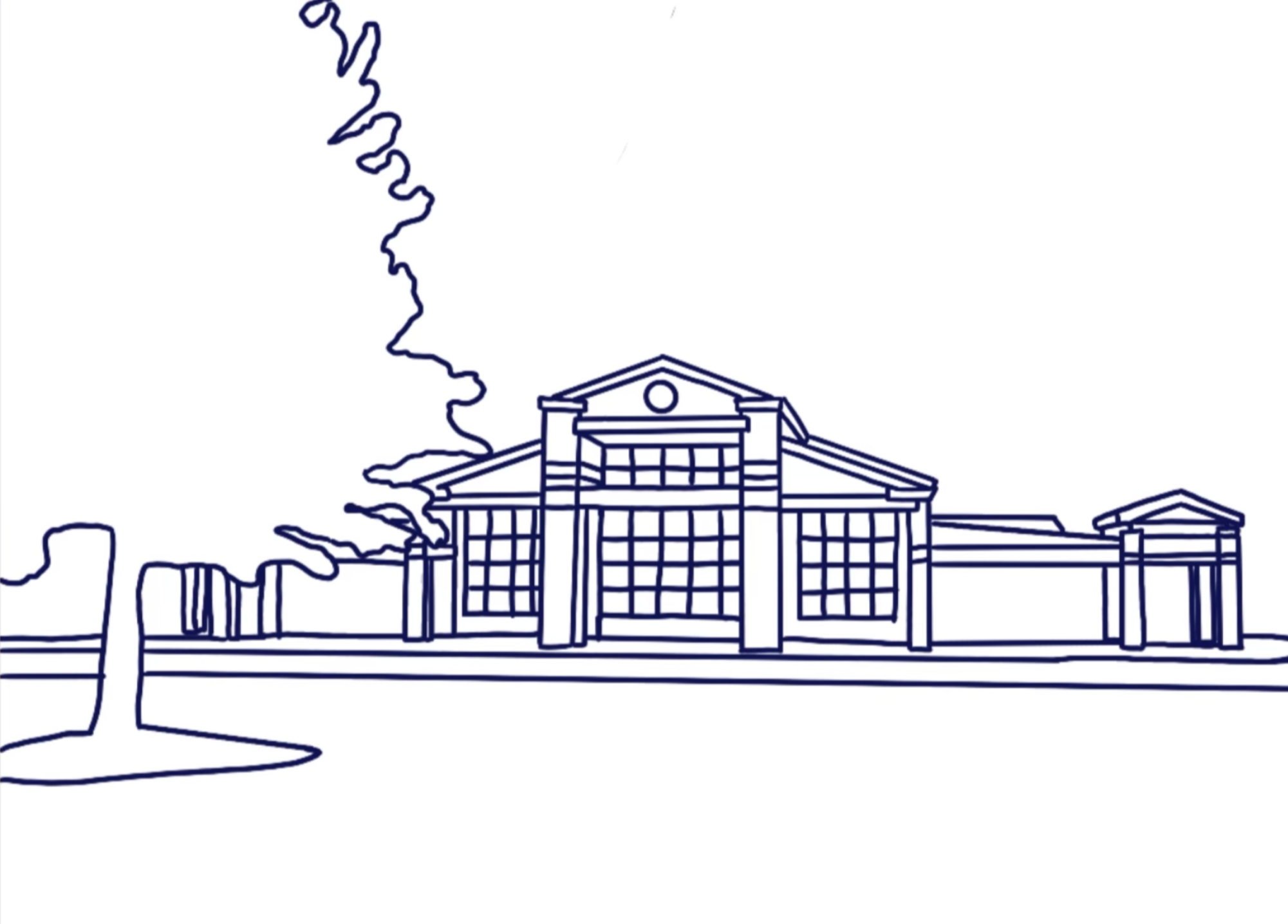












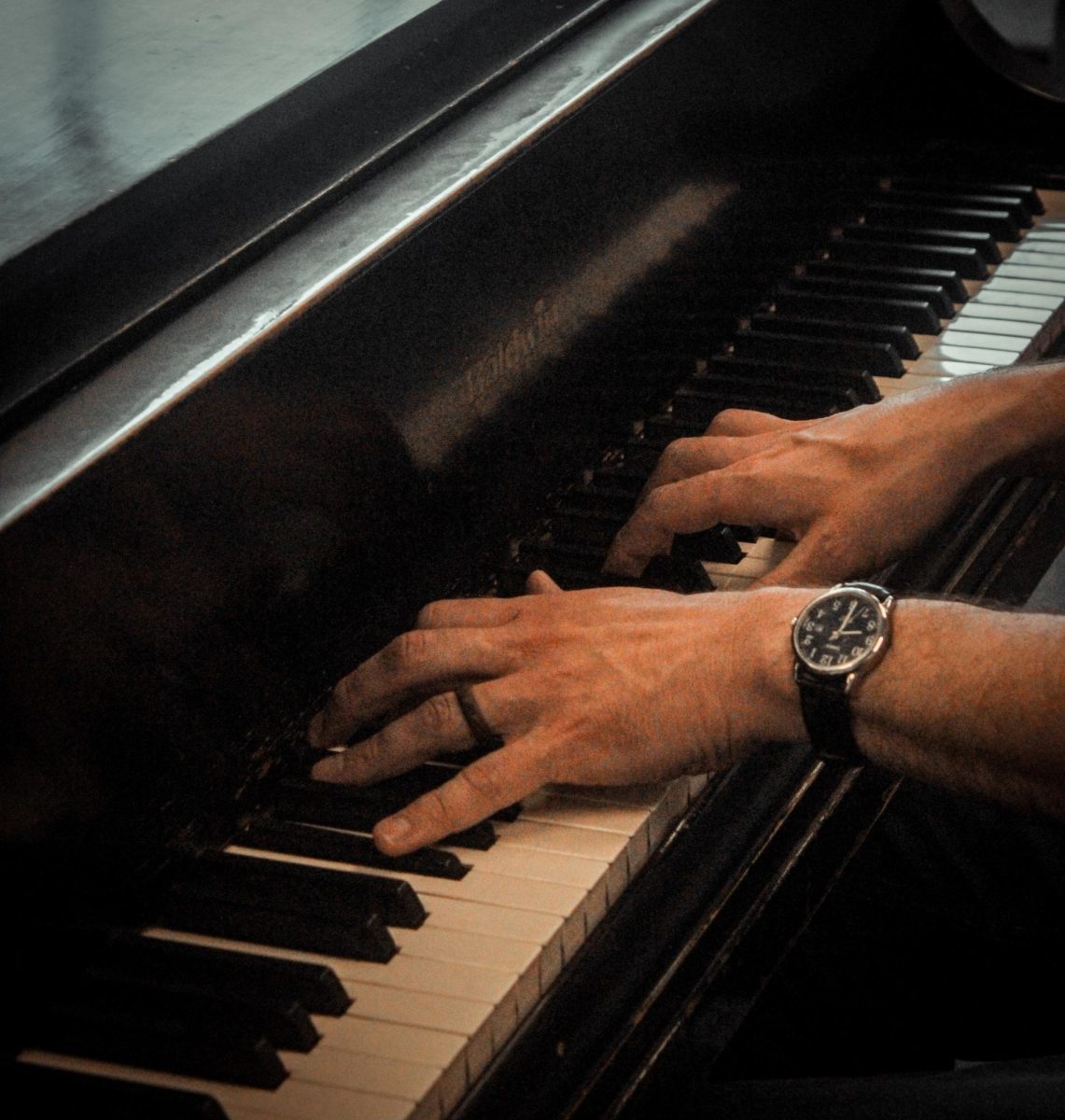
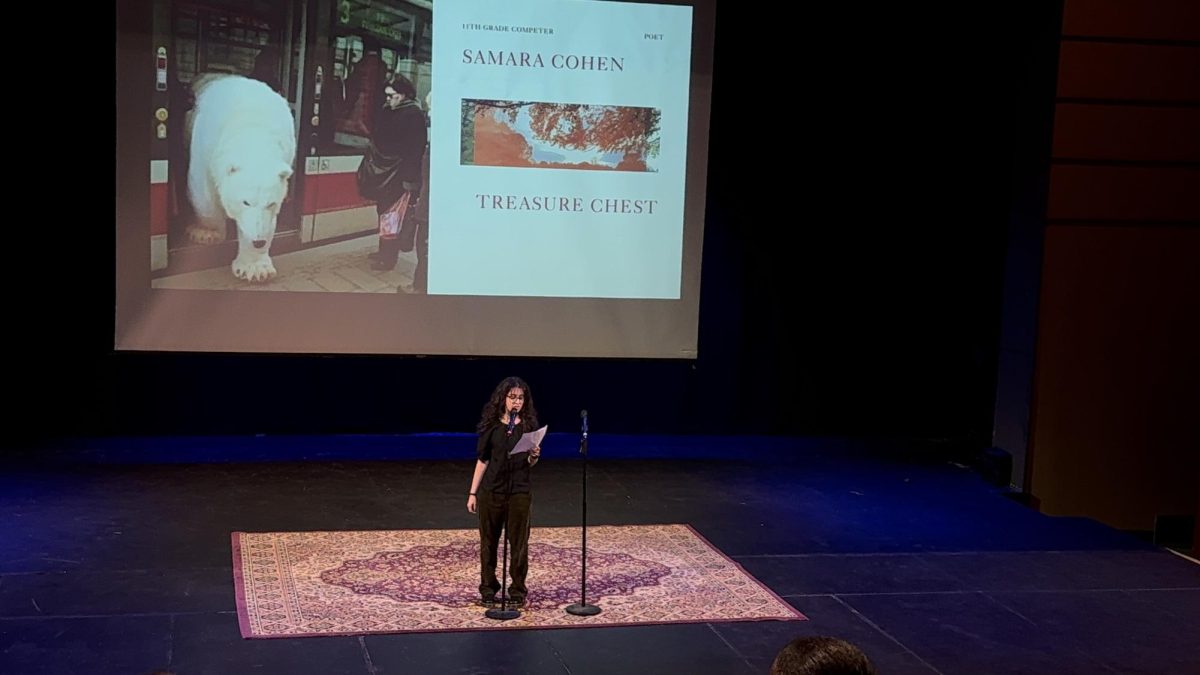





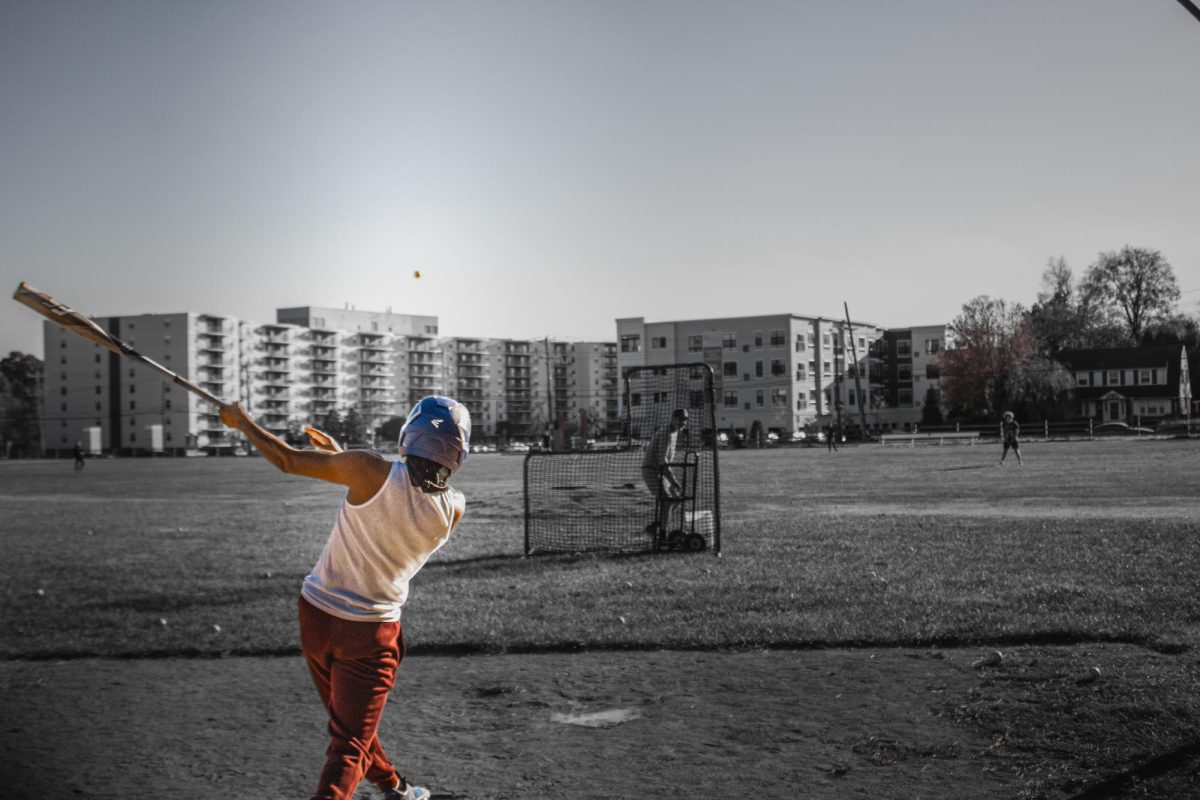





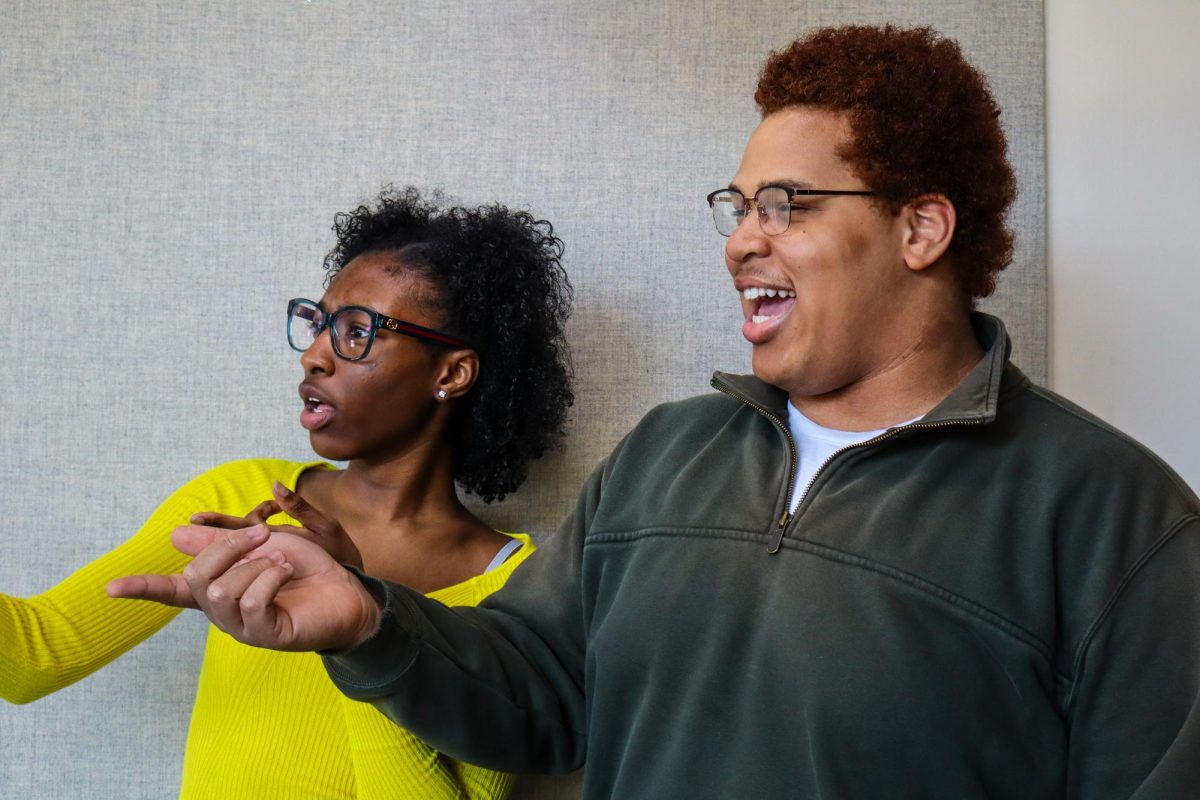


Bobbi • Jun 4, 2024 at 8:04 am
I really enjoyed. Can’t wait to read what you have in store next year.
Hannah • May 31, 2024 at 7:43 am
Excellent as always! Looking forward to next year’s articles.